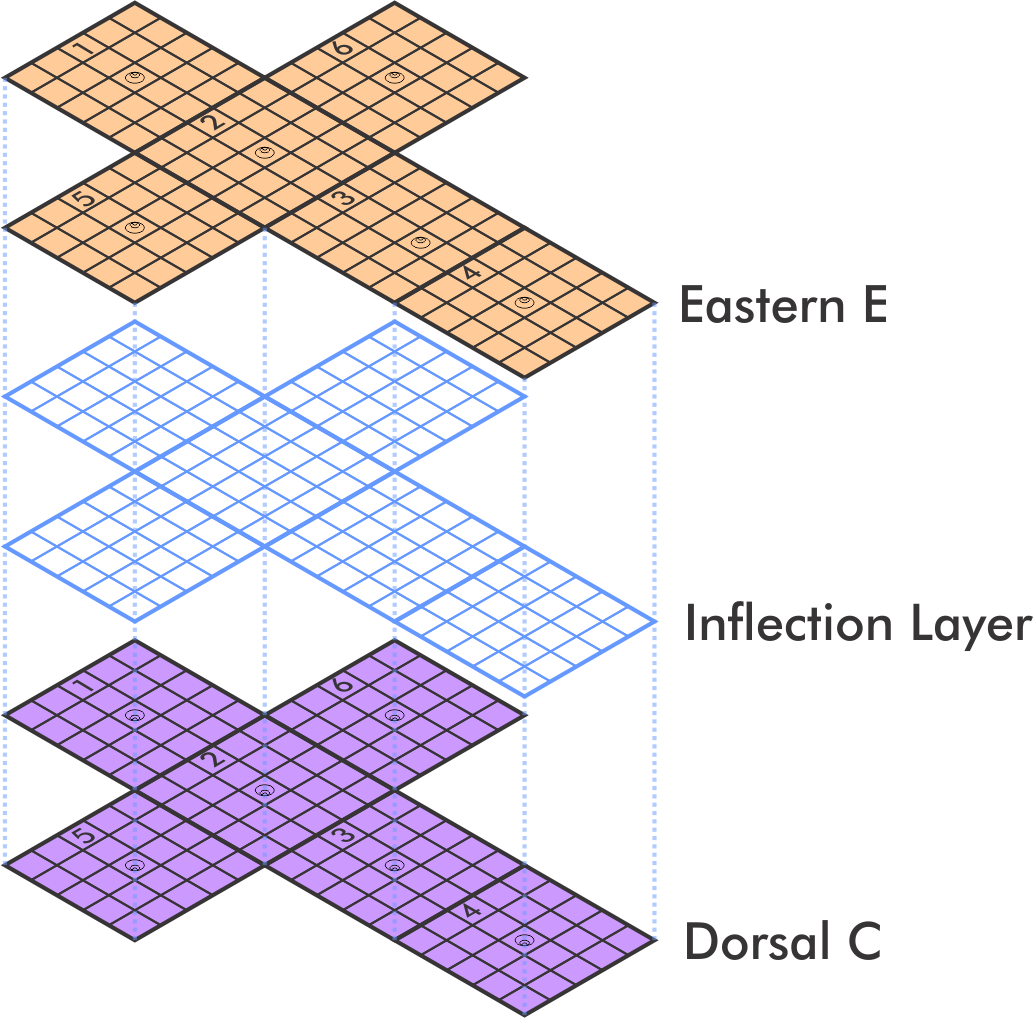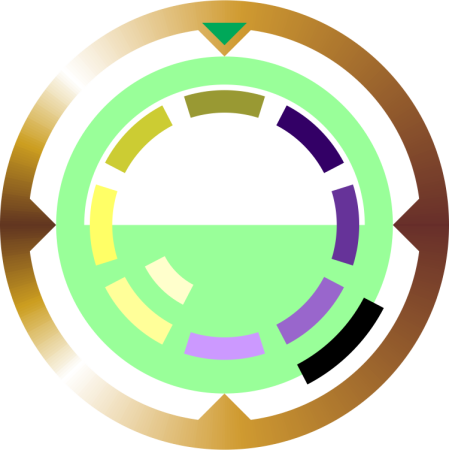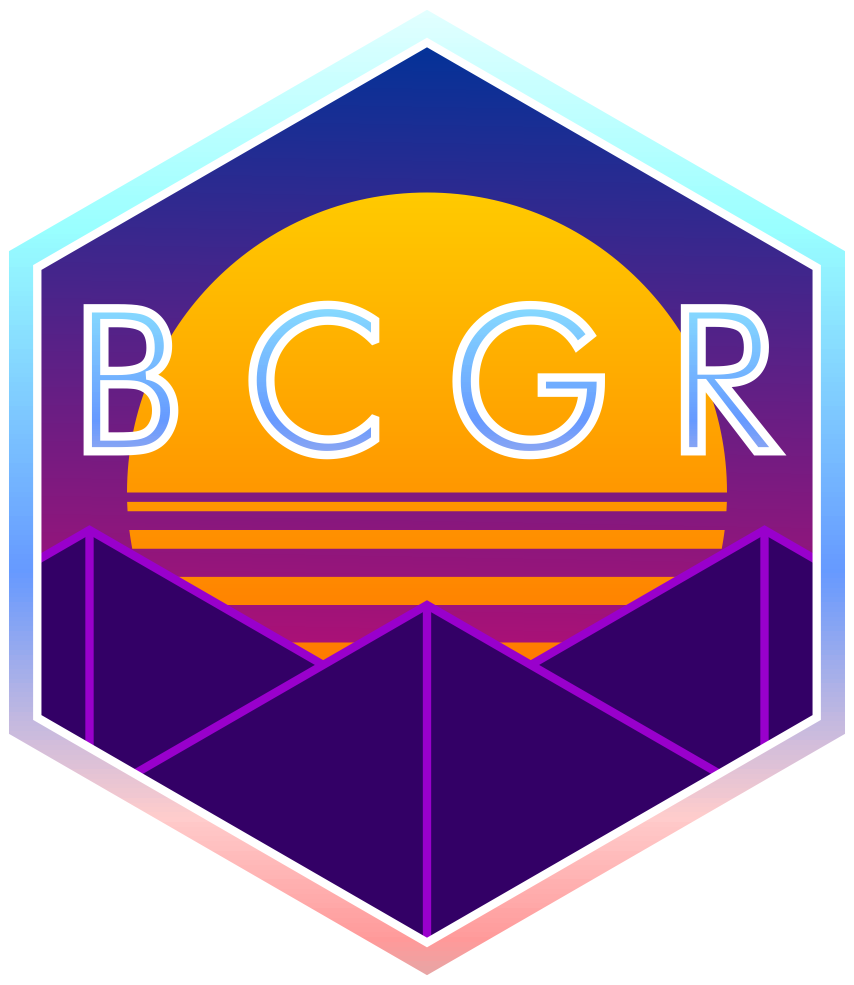Cube
A cube is a concave, multi-layered, cube-shaped region of the Manifold Sky where two tesseracts overlap. There are 40 cubes in the Manifold, with each measuring almost exactly 50 miles on a side, and each contains a human-habitable, terrestrial environment, though each is also unique in topology and environmental conditions.
Geography
For any given observer, gravity appears to point down towards the nearest cube layer face, with each face being a terrestrial crust anywhere from one to two miles thick on the inside surface of the cube. A given cube consists of several components:
A given cube exists within two separate tesseracts simultaneously and adopts the major environmental features of both tesseracts. The layer more closely associated with a given tesseract is more similar in environment to that tesseract than the other layer, with association meaning that a layer's commissures connect to other cubes within that tesseract. As a result, one can sometimes identify the current layer, cube, and tesseract that they currently occupy by simply measuring environmental variables; the Navigator's Guild has built a service monopoly out of this skill.
As an example, the Rostral C "cube" and Western B "cube" are actually two layers the same cube, with an inflection layer lying between them. The Rostral Tesseract is warmer than most other tesseracts, while the Western Tesseract is more humid than most other tesseracts. Therefore, the Rostral C layer has commissure connections only with the Rostral Tesseract and is warmer than Western B while still being somewhat humid; The Western B layer has commissure connections only with the Western Tesseract and is more humid than Rostral C while still being somewhat warm.
- Two cube layers, with the one the observer is closest to appearing to be concave cube surrounding the observer and the other appearing to be a convex above the observer's head.
- An inflection layer, the space between the cube layers where neither appears concave or convex, instead taking on the appearance of two infinite planes of repeating terrain features.
- Twelve commissures, one for each face of each cube layer.
- Twenty-Four 'edge mountain ranges,' one for each edge of the cube (twelve per layer).
- Sixteen 'vertex mountain ranges,' one for each vertex of the cube, with a peak on or near each vertex (eight per layer).
The relative arrangement of coordinates in space on both layers and the inflection layer of a single cube. Travelling straight 'up' from any location will take the traveller to the same coordinate in the inflection layer, then the same coordinate on the opposite layer. Note that the cube layers are named based on the tesseract they are 'closest' to.
Type
Dimensional plane
Related Tradition (Primary)






I love this concept! Great idea using the unfolded area as a map :D
Thanks. The hard part is going to be explaining what's going on in text form without info-dumping (I want to write some books in the setting) - wish me luck!